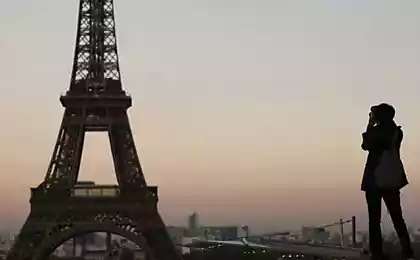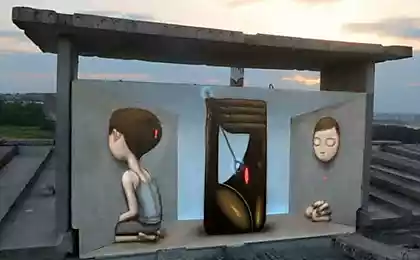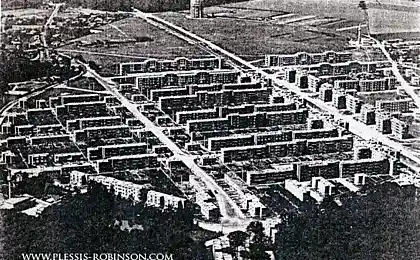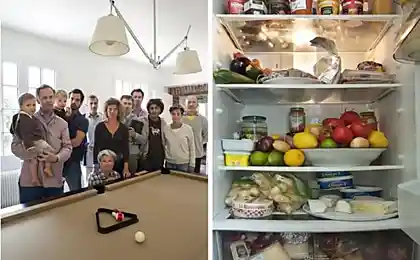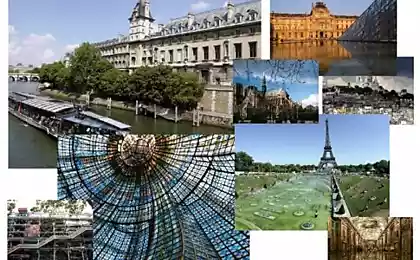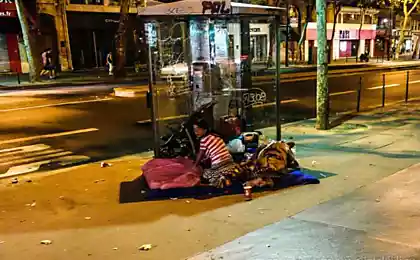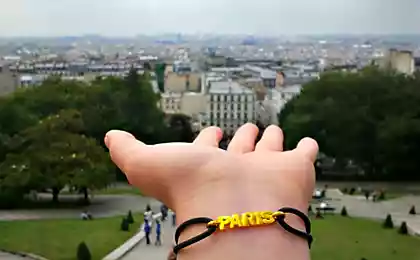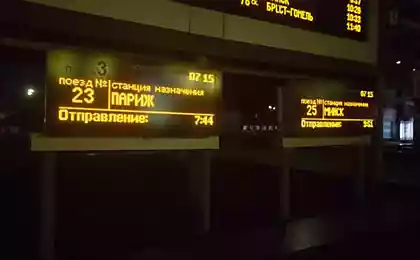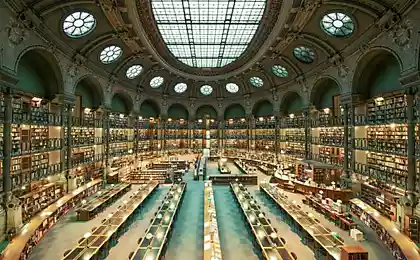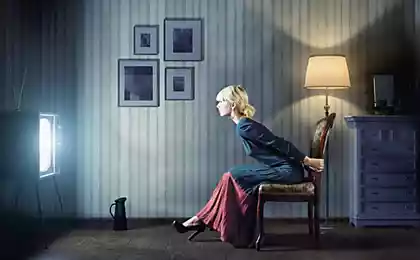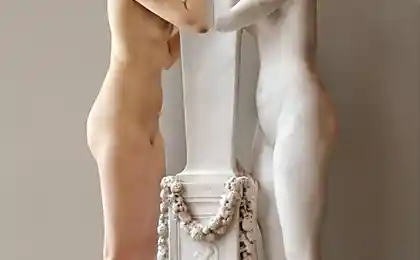996
Paris!
Paris has always been the center of the events that occurred in the country. However, before he looked very grim, divided into slums and mansions with lots of intertwined streets. All changes in Paris shooting a film on the photographer, Charles-François Bossu, who quickly became the official photographer of the state. It was thanks to him that today we can see a vivid example of the rapid urban development. View of Paris from the already defunct Rue Champlain in the 17th arrondissement
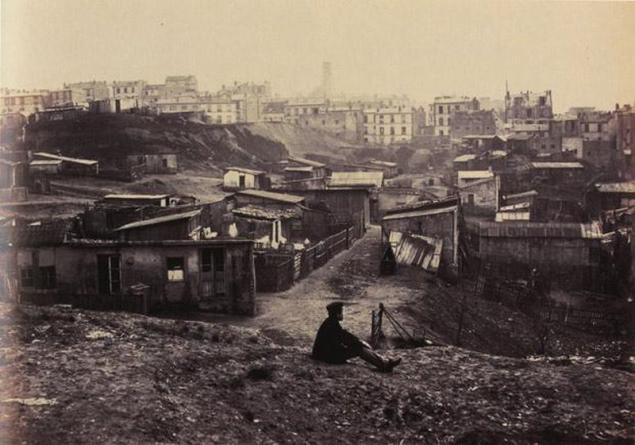
Building Avenue de l »Opera
First of all trade in the city was concentrated along the banks of the Seine - the construction of boulevards, surrounded by the city suffered business in the center of Paris and allowed to build what is now called the Grand Magasins - large shops, department stores practically: Printemps and Gallery Lafayette.
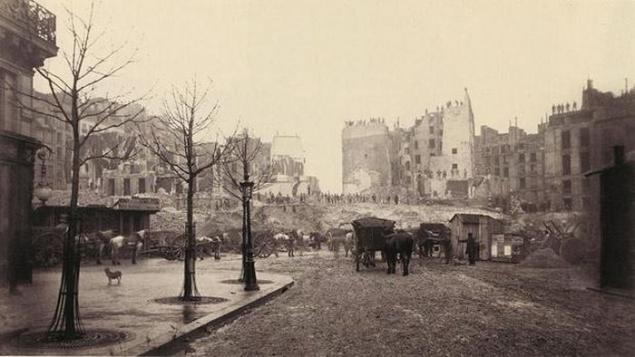
Passage de Clos-Bruneau
For example, a little "retouched" Passage Clos-Bruneau, found himself hidden behind a large "Haussmanian" houses - the very same that have become the hallmark of Paris - the seven-story yellow-gray buildings with the famous attic, and now there can only be reached with the non-existent while the School Street - Rue des Ecoles.
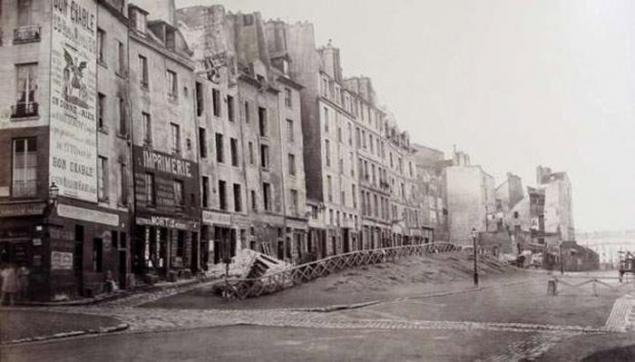
Embankment Bièvre (Bièvre) near the Gare d'Austerlitz the present
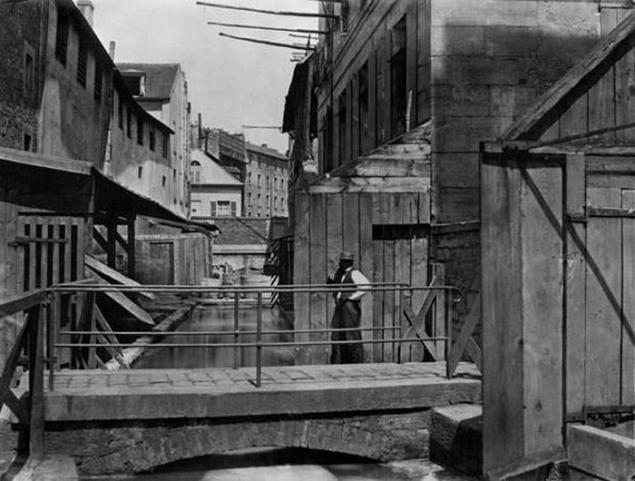
Area of Saint-Andre-Des-Arts, the Latin Quarter

Area of Sainte-Geneviève (where once appointed duel over the Musketeers only arrived in Paris, D'Artagnan) and the Church of St. Etienne du Mont
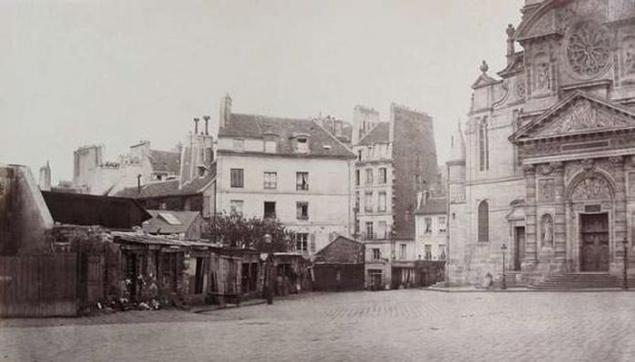
Rue Saint-Hilaire (present-day rue de Lanneau in the 12th arrondissement)
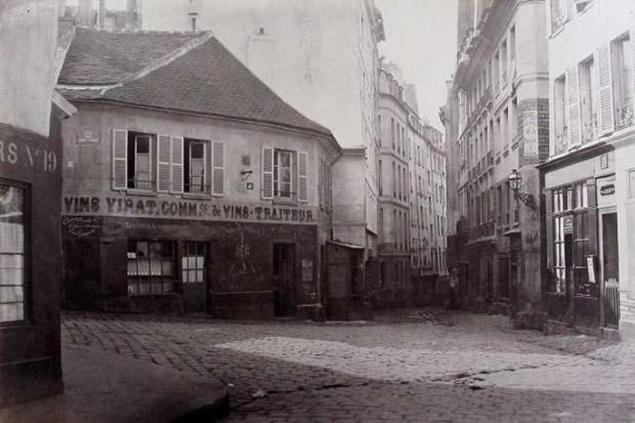
Leather shops on the river Bievre

Rue de Poissy
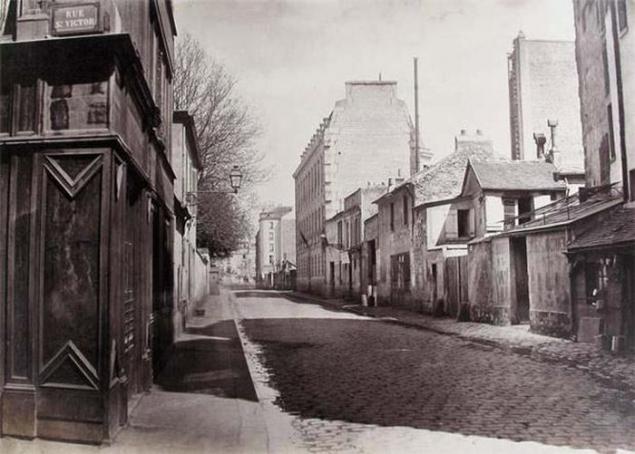
Rue de Poissy
Osman highlighted the city of 20 000 gas lamps, making even the darkest corners of his not so terrible as they were in the days of "Les Miserables" by Victor Hugo.
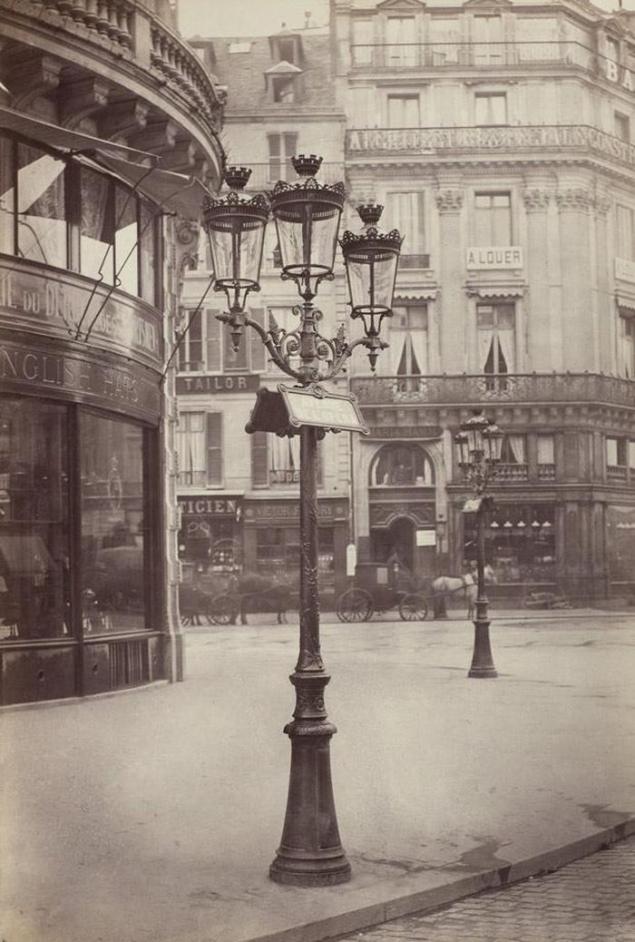
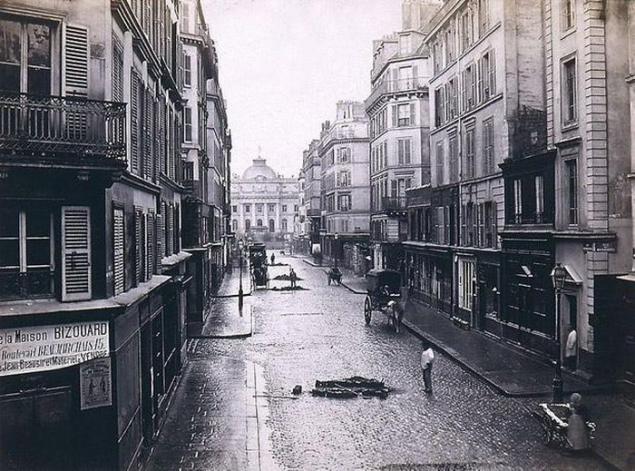
Rue de Constantine on the Ile Saint-Louis (now rue de Lutece)
Dustbins came after Osman, thanks to the next prefect, Eugene Rene Pubelyu (by the way, his name became a household word, and now the trash in French called it poubelle - »pubelyami"), but an attempt to get people not to urinate on the walls of houses in any convenient locations where sticking, Osman was taken by building a set of public toilets. Maybe not the usual kind, but still.
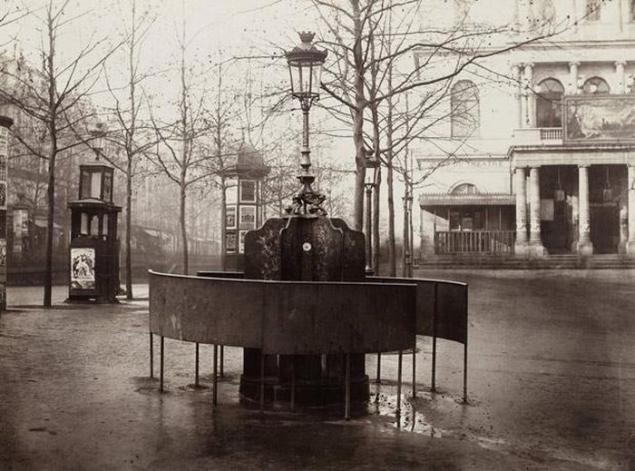
But in spite of all the innovations of the great baron remained in Paris, places that have not changed over the centuries. How, for example, rue des Saules in Montmartre.


Source: p-i-f.livejournal.com

Building Avenue de l »Opera
First of all trade in the city was concentrated along the banks of the Seine - the construction of boulevards, surrounded by the city suffered business in the center of Paris and allowed to build what is now called the Grand Magasins - large shops, department stores practically: Printemps and Gallery Lafayette.

Passage de Clos-Bruneau
For example, a little "retouched" Passage Clos-Bruneau, found himself hidden behind a large "Haussmanian" houses - the very same that have become the hallmark of Paris - the seven-story yellow-gray buildings with the famous attic, and now there can only be reached with the non-existent while the School Street - Rue des Ecoles.

Embankment Bièvre (Bièvre) near the Gare d'Austerlitz the present

Area of Saint-Andre-Des-Arts, the Latin Quarter

Area of Sainte-Geneviève (where once appointed duel over the Musketeers only arrived in Paris, D'Artagnan) and the Church of St. Etienne du Mont

Rue Saint-Hilaire (present-day rue de Lanneau in the 12th arrondissement)

Leather shops on the river Bievre

Rue de Poissy

Rue de Poissy
Osman highlighted the city of 20 000 gas lamps, making even the darkest corners of his not so terrible as they were in the days of "Les Miserables" by Victor Hugo.


Rue de Constantine on the Ile Saint-Louis (now rue de Lutece)
Dustbins came after Osman, thanks to the next prefect, Eugene Rene Pubelyu (by the way, his name became a household word, and now the trash in French called it poubelle - »pubelyami"), but an attempt to get people not to urinate on the walls of houses in any convenient locations where sticking, Osman was taken by building a set of public toilets. Maybe not the usual kind, but still.

But in spite of all the innovations of the great baron remained in Paris, places that have not changed over the centuries. How, for example, rue des Saules in Montmartre.


Source: p-i-f.livejournal.com



